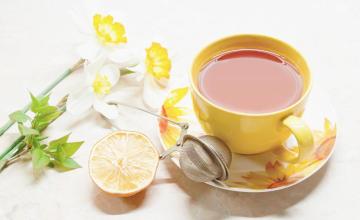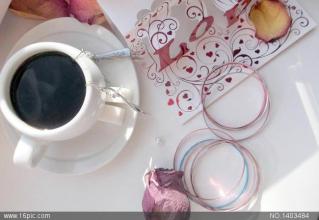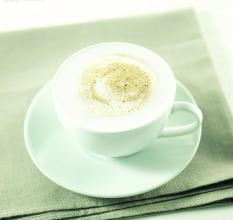Coffee knowledge Coffee blending skills introduction when it became popular to mix coffee beans
Taste = variety of coffee beans
Sour
Mocha, Kona, Hawaii, Mexico, Guatemala, Costa Rica SHB, Gillimanjaro, Colombia, Delvado, Western Hemisphere washing quality new beans
Bitter
Java, Mantenin, Bogota, Congo, Uganda
Gan
Colombia (Metenin), Venezuela (aged coffee), Blue Mountains, Gillimanjaro, Mocha, Guatemala, Mexico, Kenya, Santos, Brazil, Haiti
Alcohol
Colombia (Maitenin), Mocha, Blue Mountains, Guatemala, Costa Rica
Neutral
Brazil, Cervado, low real estate Costa Rica, Venezuela, Honduras, Cuba
Since it is a blending, it naturally refers to the blending of more than two kinds of raw beans, but a special example is that it can also match the same kind of coffee beans with different roasting degrees, or even the new crop and aged coffee or old crop of the same kind of coffee beans, so the type referred to in the blending is no longer a coffee variety in a narrow sense, but extends to the flavor of coffee in a broad sense. Generally use 2 to 6 kinds of coffee beans when blending, too many kinds will not be able to show the unique flavor of coffee.
Blended coffee usually does not take the 1:1 blending ratio, because this may suppress each other's unique flavor, so the blending must be primary and secondary in order to produce a better taste than a single coffee. If you want the coffee to taste complex and changeable, you can reduce the proportion of raw beans, and vice versa.
The blending of coffee depends on constant attempts, so a blending schedule should be drawn up mathematically before blending, and then the best plan should be determined through the process of blending-tasting cups.
Don't think that this is a negative and stupid approach. In fact, a good cup of coffee can only be made by the experience, inspiration and tireless attempt of the blender.

Important Notice :
前街咖啡 FrontStreet Coffee has moved to new addredd:
FrontStreet Coffee Address: 315,Donghua East Road,GuangZhou
Tel:020 38364473
- Prev

Introduction to the blending method of coffee beans with different roasting degree
Coffee beans originality is matching, in order to show respect for the annoyance of coffee beans, it is more appropriate to call it originality, but this change of name is different from Kong Yiji's theft and theft. Before talking about matching specific data, to do some preparatory work, the first is to understand the basic points of original blended coffee, of course, this is also the basic ethics of doing things, just like before making tea, I
- Next

How to mix espresso and skills to introduce high-quality coffee beans
A vivid analogy is that a roaster is a machine between a popcorn machine and a clothes dryer. The temperature in a large industrial baking bucket can reach 288 degrees Celsius, and the coffee beans first turn yellow and smell like popcorn. About 8 minutes later, it began to snap and expand. When the temperature reached 204 degrees Celsius, the coffee beans began to turn brown and the oil began to spill out.
Related
- Does Rose Summer choose Blue, Green or Red? Detailed explanation of Rose Summer Coffee plots and Classification in Panamanian Jade Manor
- What is the difference between the origin, producing area, processing plant, cooperative and manor of coffee beans?
- How fine does the espresso powder fit? how to grind the espresso?
- Sca coffee roasting degree color card coffee roasting degree 8 roasting color values what do you mean?
- The practice of lattes: how to make lattes at home
- Introduction to Indonesian Fine Coffee beans-- Java Coffee producing area of Indonesian Arabica Coffee
- How much will the flavor of light and medium roasted rose summer be expressed? What baking level is rose summer suitable for?
- Introduction to the characteristics of washing, sun-drying or wet-planing coffee commonly used in Mantenin, Indonesia
- Price characteristics of Arabica Coffee Bean Starbucks introduction to Manning Coffee Bean Taste producing area Variety Manor
- What is the authentic Yega flavor? What are the flavor characteristics of the really excellent Yejasuffi coffee beans?

